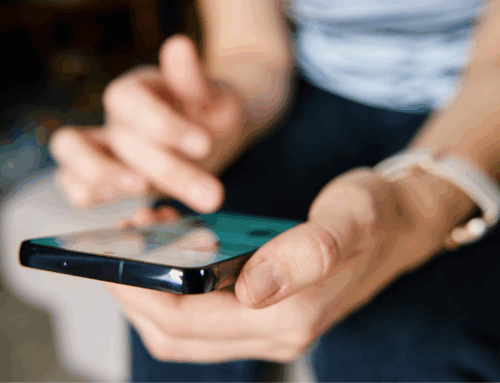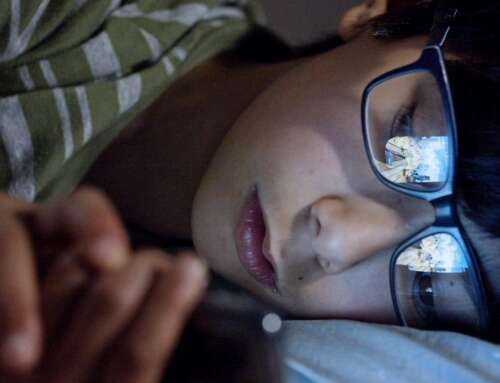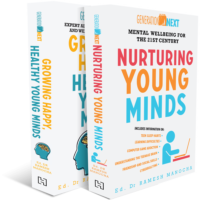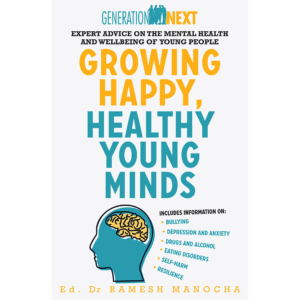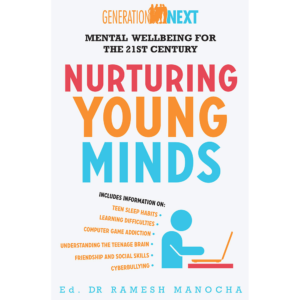Greetings from 2040.
The world’s accelerating rate of change has reshaped everything—including education. In the early days, we struggled to keep up. The enthusiasm of teachers, while admirable, risked burning them out as they tried to stay ahead of each new wave of innovation. No one wanted a return to the frazzled, reactive energy of the mid 2020s.
But while adults wrestled with the pace of progress, students adapted effortlessly. If AI tutors transformed the way young people learned, 3D printing, additive tech, and generative design unleashed their ability to create.
Over the past 15 years, students have pushed the boundaries of these technologies in ways we never imagined. Maker spaces and creativity studios flourished. Chemistry students no longer relied solely on theory—they printed molecular structures. History students reconstructed artifacts with precision. Aspiring engineers designed and tested miniature sustainable cities before bringing their concepts to scale.
This, more than anything, was the catalyst for STEM’s evolution into STEAM. The creative arts weren’t just tacked on as an afterthought—they became integral to the process. Generative design blurred the lines between disciplines, allowing students to merge scientific thinking with artistic expression in ways that reshaped architecture, fashion, and visual storytelling.
Science didn’t replace literacy and numeracy as the foundation of education, but it became the lens through which students engaged with the world.
From there, something extraordinary happened. Student challenge teams emerged across the country, tackling real-world problems—water conservation, agricultural productivity, food security, environmental sustainability, pandemics, housing, and migration. Their ideas weren’t just classroom exercises; policymakers started paying attention. Schools adopted universities to turn student innovations into research projects with real-world applications. Many students became university- recognised researchers and published studies that impacted on the world, before graduating from school.
To harness this momentum, we created a national open-source repository—a living archive of student-led projects and solutions. Each challenge team built on the work of those before them, collaborating with university researchers and refining their ideas in a continuous cycle of innovation.
This is what education became: not a rigid curriculum but a dynamic, evolving system where students contributed directly to national resilience.
Hope you’re holding up back there in 2025.
More soon.
Andrew Fuller
inyahead@aussiebb.com.au


